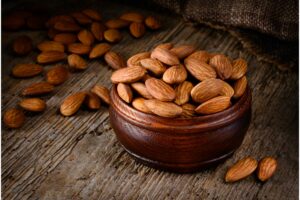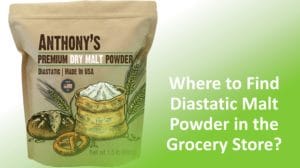Cornstarch is a super useful ingredient to have on hand in your home. It can act as a stand-in for all-purpose flour in a baking recipe or be added to your tofu for some extra crunch.
For a long time, cornstarch was an afterthought in kitchens, but its versatility in recipes has increased its popularity in the 21st century.
Cornstarch is also gluten-free, making it the ideal substitute for flour in so many recipes that glute-free people miss enjoying. It’s one of the best thickeners to use for decadent macaroni and cheese or a rich Thanksgiving gravy.
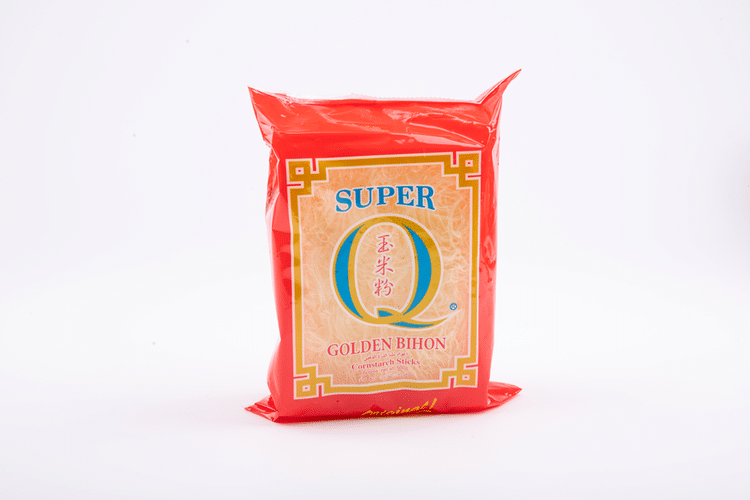
Where To Find Cornstarch In The Grocery Store
You can find cornstarch in the baking section of the grocery store. The cornstarch will be among the flour, powdered sugar, granulated sugar, and other baking products.
To prepare you for every scenario, we want to mention that there is a slight possibility a store manager stocked the cornstarch by the soups and gravies because it is a thicker substance and often goes into those dishes.
This location is not likely but double-check before leaving the store in defeat.
Where To Buy Cornstarch Near Me
You may not recognize all of these grocery stores as many stores change their name from region to region. For example, Stop and Shop and Giant are the same, just with a different name.
One of these popular grocery stores will be available to you, and all of these locations should have plenty of cornstarch for you to buy!
- Stop and Shop
- Whole Foods
- Krogers
- King Soopers
- Safeway
- Market Basket
- Giant
- Trader Joes
- Roche Brothers
- Wegmans
- Walmart
When it comes to a simple item like cornstarch, there is no need to go to a more up-scale grocer such as Whole Foods or Trader Joe’s, but these fancy places will also have the product.
You can expect to find cornstarch in any smaller, locally-owned grocers near you as well. Cornstarch is a pantry staple in many homes and is generally easy to find when you need it.
How To Buy Cornstarch Online?
If grocery stores are not your thing, you are in luck! Cornstarch is also widely available online in both bulk and small quantities.
Because cornstarch takes a very, very long time to expire, it’s a breeze to have it shipped, and you don’t need to worry about air exposure or temperature control.
Amazon
Amazon sells cornstarch along with its many other products. You can buy multiple bags, boxes, or large bulk quantities, depending on your cornstarch needs.
Sometimes Amazon will be cheaper than grocery stores because you likely get the ingredient directly from the manufacturer rather than the grocer.
Amazon will deliver cornstarch through their standard delivery service, but they also offer a specific grocery service known as Amazon Fresh.
Walmart
You can go to a Walmart and likely find cornstarch, but they will also happily ship it to your house. They have fewer options than Amazon does, but they can still deliver!
Walmart is known for being a superstore that has everything you could need at one point. And their online store is just as plentiful, so you can save yourself a trip.
Fresh Direct
Fresh Direct is a company that provides people with fresh groceries delivered right to their doorstep. Fresh Direct is like so many delivery services grocery stores use today.
But Fresh Direct makes sure you receive the highest quality ingredients as prompt as possible. Currently, Fresh Direct is available in the northeast region of the US but is quickly expanding to more states.
Can’t Find Cornstarch? See These Top Alternatives
These are the top three alternatives to cornstarch if you can’t find it in your local grocery store. These substitutes will not work in every single recipe, but for the most part, these ingredients can step in quite perfectly for cornstarch.
Wheat Flour
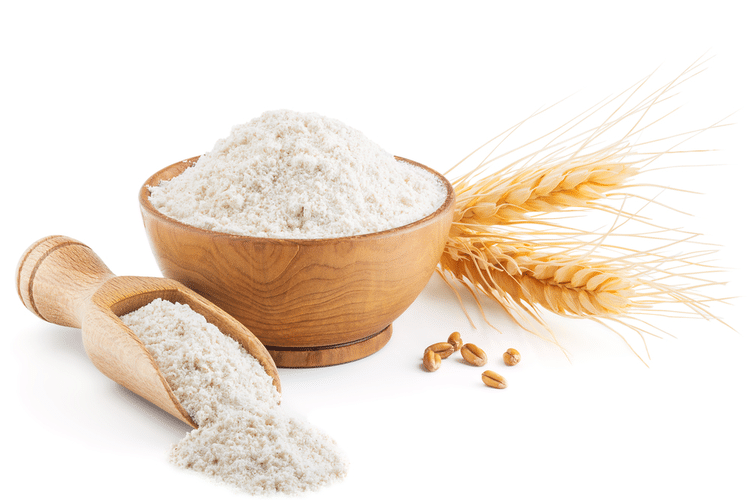
Wheat flour is wheat ground into a very fine powder. Unlike cornstarch, wheat flour contains protein, starch, and fiber.
Because of these extra properties, you will need to use more flour to get the same texture if you were using cornstarch.
The best way to use wheat flour as a cornstarch substitute is to use twice as much flour. So if you were going to use one cup of cornstarch, use two cups of flour instead.
Another trick to make the consistency closer to cornstarch is to mix the wheat flour with cold water before incorporating it into the recipe. The water makes the flour seize a bit and thicken.
Remember, wheat flour is not gluten-free like cornstarch, so do not use this when making a gluten-free recipe or cooking for someone gluten-free.
Arrowroot
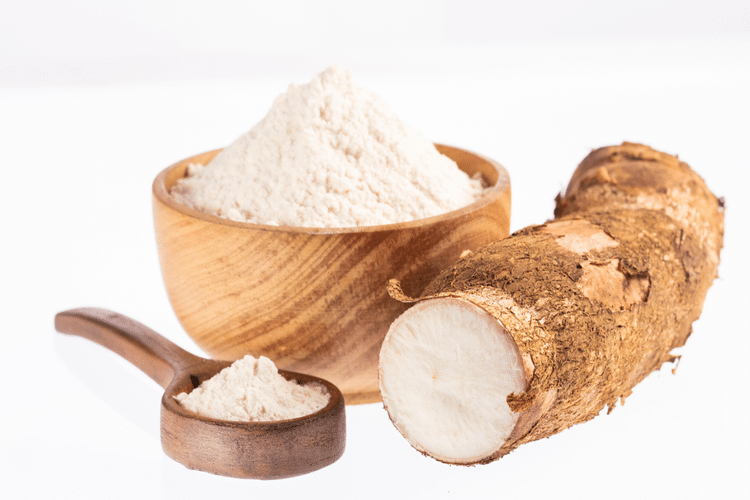
Arrowroot is a starch made from the Maranta genus of plants. This starch is most often used in Indian or Indonesian recipes. Just like wheat flour and cornstarch, arrowroot is a fine powder that can be used as a thickener.
Same as wheat flour, the recommended substitute is twice as much arrowroot as cornstarch. It isn’t quite as thick as cornstarch, so you’ll need more to achieve the right consistency.
If you’ve never used arrowroot, you’ll be surprised by its versatility and interactions with different substances. For instance, it turns into a clear jelly-like substance when mixed with water, perfect for thickening dishes.
People enjoy arrowroot because it is higher in fiber than cornstarch but is gluten-free. If you need a gluten-free substitute for cornstarch, arrowroot is your best bet!
Tapioca
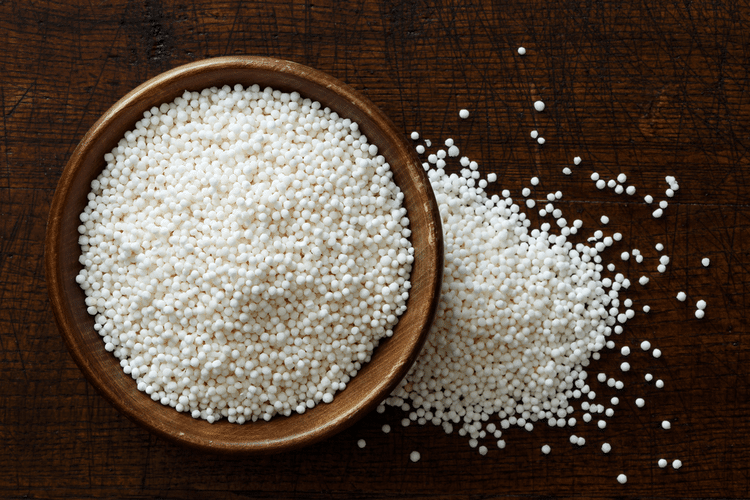
When most people hear tapioca, they immediately think of pudding. However, tapioca is a processed starch product extracted from cassava.
The cassava roots are ground to a pulp and then drained of their starchy juices. These juices are then dried and become tapioca flour!
Tapioca can come in flour, pearl, or flake form, but flour is the best substitute for cornstarch. And tapioca is also gluten-free, making it ideal for people with celiac disease or gluten intolerance.
However, cassava contains cyanide and must be treated before consumption. It is not recommended that you make your own tapioca flour at home.
Like the other substitutes discussed, use twice as much tapioca flour as you would cornstarch to reach the right thick consistency.


